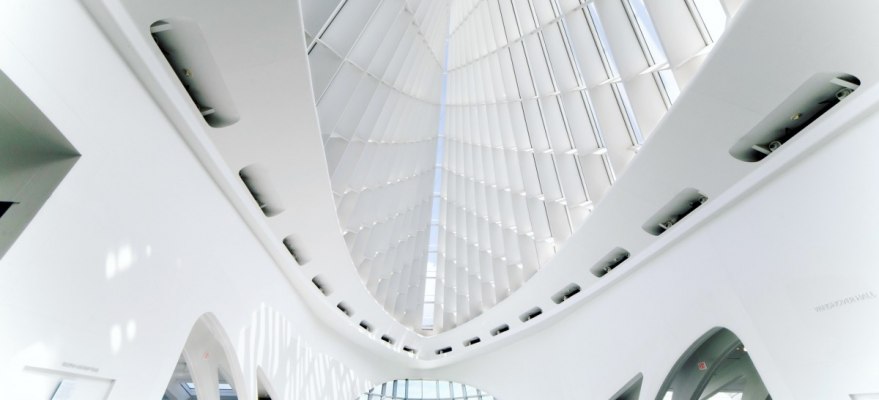The type of lighting used in a home or commercial building can have a big impact on personal comfort, functionality and style. Lighting affects daily rhythms, moods, productivity and even health. Understanding the differences between the types of lighting can help you pick the right lighting for your needs.
Recessed Lighting
Recessed lighting is attractive and soft, and produces a gentler light than track lighting. This modern fixture is one of the most common light sources in homes and offices. Recessed lighting has many benefits, including:
- Recessed light fixtures take up virtually no space on the ceiling at all, so that these light fixtures have a clean, tidy appearance.
- It can be bright and diffuse, or focused and narrow.
- Because recessed lighting is so lightweight, it can be installed nearly anywhere in the room, regardless of the location of studs.
Track Lighting
Track lighting has been a popular form of lighting in homes and businesses for decades. Homeowners and businesses owners continue to install track lighting for a variety of reasons, including:
- Track lighting is a great source of focused, directed light, so it’s perfect for displaying art work.
- Track lighting bulbs are designed to swivel, so you can change the direction of the light on an as needed basis.
- This type of lighting is relatively low cost and can even be installed by capable DIYers.
Overhead Lighting Options
Overhead lighting options can be varied in appearance and functionality. Fixtures can be flush, semi-flush or pendant-style. Each type of lighting has its own advantages and disadvantages. In commercial buildings, overhead light options typically take cool, energy efficient LED light or florescent bulbs. In homes, overhead lighting options often produce warmer, softer bulbs, for a more welcoming and relaxing atmosphere.
Task Lighting
Task lighting is important in kitchens, laboratories and offices where people have to complete complex, detailed tasks. Location is critical for appropriate task lighting, because it provides directed, bright light to small spaces like desktops and countertops.
Natural Light
Natural light helps improve mood and make spaces more cheerful and inviting. Because it is free, natural light also saves money for business owners and homeowners. Offering the most natural light possible for each room gives residents and business owners lighting options throughout the day. Natural light is also flattering, and can make small spaces appear larger and more spacious. However, it’s not always possible for buildings to get a good dose of natural light—certain architectural styles lend themselves to more natural light over others.
Importance of Varied Lighting Options
More than ever, architects and builders know how important it is to vary the lighting options in commercial buildings and businesses. Just in one room, home owners and business owners may need recessed light fixtures, overhead light fixtures, task lighting and natural lighting to help ensure that everyone has the right type of light and quality of light for their needs.
As the designer considers where to put each type of light fixture, it’s important to consider the activities that will take place in each room and the location of each activity. Homeowners and business owners may play a big role in deciding what type of light fixture to put in each location.
Bathrooms, for example, benefit from a range of lighting options like pendant lighting, recessed lighting and natural lighting. Using a variety ensures that the person in the bathroom can use the space safely. In public spaces and large buildings, it’s common to provide a range of options including recessed, overhead lighting and natural lighting. This enables large rooms to serve many different purposes and meet the needs of varying groups of people.
Light Meters Help Ensure Adequate Brightness
It’s hard to determine whether the lighting provided in a room or public space is “enough.” Solar Light’s Model SL-3101 SP-Meter™ Scotopic / Photopic Meter is a convenient, portable meter that provides a measure of a room’s brightness as it is perceived by the human eye. Using this tool can help lighting professionals determine the best type of light fixture and the best quality of light for any given space.






